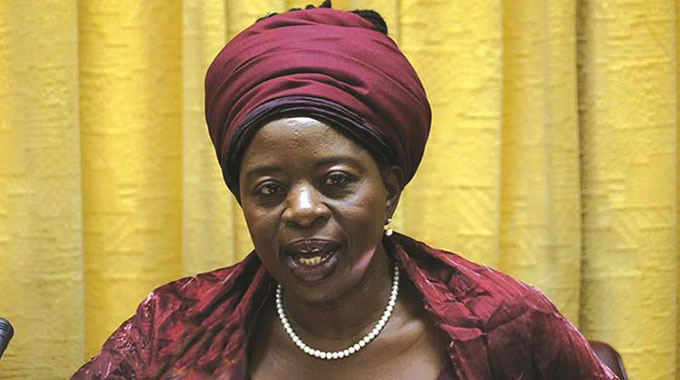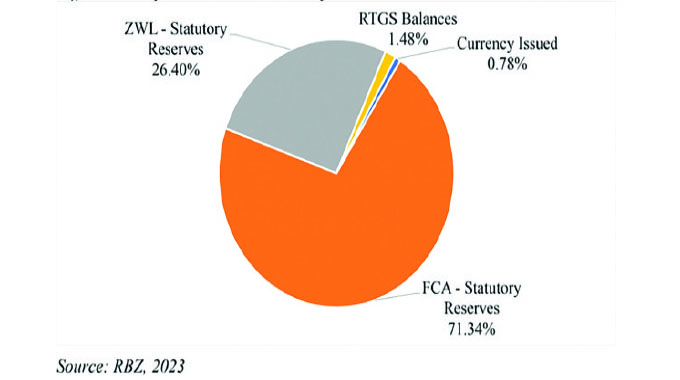Payment challenge for cotton farmers

Business Reporter
Most cotton farmers who have delivered their commodity are yet to be paid almost three weeks after the Government announced the producer price due to unavailability of cash and restrictions imposed on mobile money transfers by the Reserve Bank of Zimbabwe.
The Government set the cotton producer price at $43,94 (US$1,75) per kilogramme for this season. The producer price is a combination of US dollars, Zimbabwean dollar cash and electronic money.
Farmers will be paid US$10 per each bale weighing 200kg of deliveries, 38 percent in Zimbabwean dollars cash and the balance transferred electronically to farmers’ mobile money wallet accounts.
It has since emerged that cotton merchants are failing to effect payments due to cash shortages (both USD and Zimbabwean dollar) as well as limits on business the mobile agents line can transact.
The central bank’s Financial Intelligence Unit believes large money transfers, particularly by EcoCash agents, are being used to fuel black market deals in foreign exchange. Mobile accounts of some cotton companies have been completely closed.
While the producer price appeared good for many farmers at the time of announcement, concerns have been raised that inflation would have eroded the value of their earnings by the time they get paid.
“I delivered my cotton about one and half months ago but I have not been paid. Initially, we were told there is no price. Now the price is in place, we are told there is no money.
“Prices are going up everyday and by the time I get paid, the money would have lost its value,” a frustrated Karoi farmer who benefited from Presidential Inputs Scheme said on Tuesday.
The Presidential Inputs Scheme, which started in 2015 as revival of the industry is administered by the Cotton Company of Zimbabwe (Cottco).
Cottco acting managing director Mr Pious Manamike, confirmed that payments to farmers had been a challenge due to mobile transfer limits and unavailability of cash.
“At this stage we have not started the payments to farmers in earnest. We still have hurdles to be cleared in terms on operationalisation of the merchants lines,” said Mr Manamike.
“We are, however, reliably informed that there would be a resolution very soon so that payments to farmers who have delivered their commodity can be made.”
An official with a private cotton company, said they are unable to make payments because their mobile accounts were closed.
“It is a challenge,” said the official who requested not to be named.
“No cash deliveries from the central bank and our accounts are currently closed. We cannot do anything, yet it is time we should be buying.
“Farmers are withholding their crop demanding payment upfront and this will erode confidence among farmers.”
Cotton ginneries now fear defaulting on contracts they signed with global cotton customers.
About 85 percent of Zimbabwe’s cotton (lint) is exported.
Several calls seeking comment from RBZ governor Dr John Mangudya were not answered.
This year, cotton production is estimated at 101 000 tonnes, an increase of 32 percent from 77 000 tonnes produced last year, according to the Second Round Crop and Livestock Assessment Report.
This was due to increased coverage of the Presidential Inputs scheme. The scheme was introduced in 2015 after Government moved in to revive cotton industry.
After peaking at 352 000 tonnes in 2011, output declined to 28 000 tonnes three years later, the lowest in nearly two decades partly due to lack of adequate funding and poor prices.
With the coming in of the Presidential Inputs Scheme, coupled with renewed interests by private players to finance the crop, who last year financed about 30 percent of production, the sector has recorded a significant recovery.
In light of climate change, some farmers are also increasing acreage as the crop is generally less waster intensive.








Comments